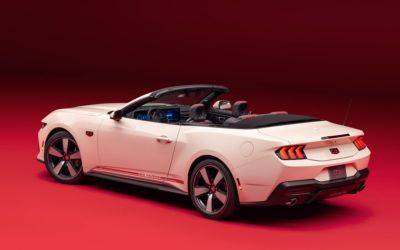Baltimore bridge impact had the brute force of a rocket launch
Perhaps, with hindsight, there is something relentlessly captivating about the majesty of a big ship moving gracefully on the water, especially a ship that you know is heading toward disaster.
Consider Titanic, decades ago. Consider the massive Dali last week, plowing headfirst into a bridge in Baltimore, leaving six bridge workers dead, crippling a city and drawing worldwide fascination.
In an effort to explain how a loaded container vessel — moving at the speed of a casual bicycle rider — could disassemble the Francis Scott Key structure, a team of New York Times reporters examined the event, concluding in dramatic fashion that Dali’s impact measured “about a third of the force it took to launch the Saturn V rocket for the Apollo moon missions.”
The ship is 985 feet long, and it weighs 95,000 tons, which does not even count the 4,700 cargo containers that were aboard. The paper’s estimates, which it says were reviewed by civil engineers, notes that the force of all that hitting the bridge pier was “upward of 100 million newtons,” or “more energy than you can really get your mind around.”
The Times found conflicting opinions on the likelihood of the bridge — any bridge — surviving such a crash. One engineering academic said that he believed that “95 to 99 percent of bridges would be damaged’’ in a similar scenario. Another was quoted as saying, “If this bridge had been designed to current standards, it would have survived.”
Using mainly video evidence, the reporters think that the ship’s speed — initially around 7.8 miles per hour — “dropped precipitously’’ as it struck the pier (a fairly obvious conclusion). Another professor, from MIT, “estimated that the collision time was probably between one and four seconds.”
The Times admits upfront that there are many “ifs” and “buts” gleaned from the data available so far. Certainly, the investigation of the collision by the National Transportation Safety Board is still in its early stages.
“We don’t try to account for the ship’s rotation, the angle of the collision, and exactly how and where it collided with the pier (a smaller force applied in the wrong place can be more damaging than a large force applied elsewhere),” the







